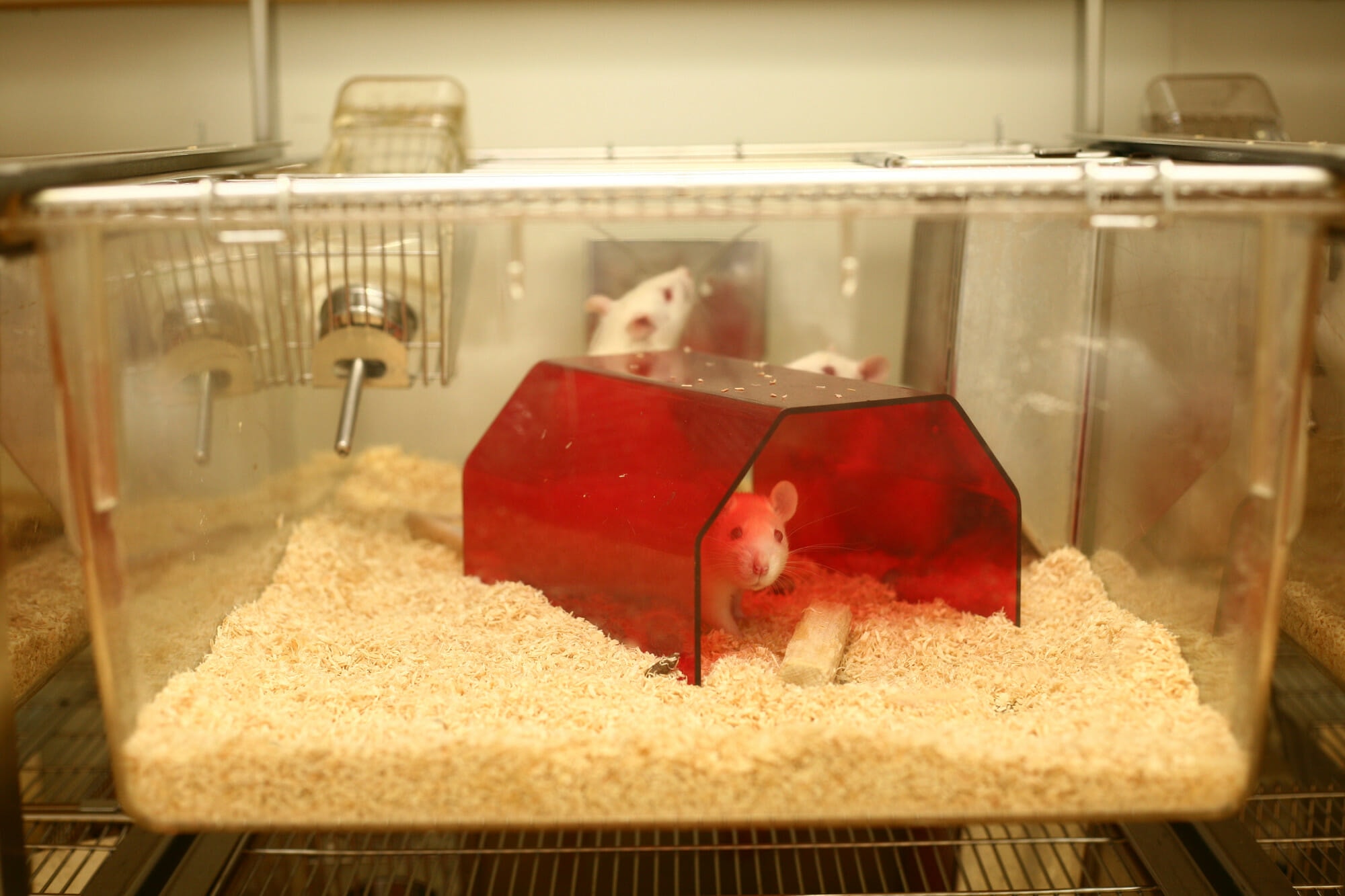According to Cruelty Free International, animal testing refers to “any scientific experiment or test in which a live animal is forced to undergo something that is likely to cause them pain, suffering, distress or lasting harm.”
Some of the most common procedures are:
- Forced chemical exposure in toxicity testing (oral force-feeding, injection into the abdomen)
- Genetic manipulation (addition or removal of one or more genes)
- Exposure to drugs, chemicals or infectious disease at levels that cause illness, pain and distress, or death
- Behavioral experiments designed to cause distress (electric shock)
The cosmetics industry uses these practices frequently, and it is estimated that approximately 100,000 to 200,000 animals suffer and die for beauty product every year around the world. The animals typically used in these procedures are rabbits, guinea pigs, hamsters, rats and mice.
Since 2013, the European Union has banned the sale and marketing of any cosmetics or cosmetic ingredients that have been tested on animals. India and Israel have also recently adopted similar laws. However, the United States and China, amongst many others, still allow the practice for cosmetic products.

What are the alternatives?
If you live in a country where the practice is legal, one of the best ways to boycott it is to buy “Cruelty-Free” products. Coined in the 1950s as part of the animal rights movement, this label assures that a product hasn’t been tested on animals. You can find a list of cruelty-free brands on PETA’s website.
You can tell whether a brand tests on animal by looking at their website and doing some quick research online. But be careful, certain companies try to phrase their claims in a way that makes consumers believe that they do not test on animals, when in reality they do. Examples of this are, “We don’t test our finished products on animals” and “We don’t test on animals except where required by law”. The former statement implies that ingredients might have been tested on animals, even if the final product wasn’t, while the latter suggests that the company is willing to test on animals if they sell to a country where it’s required, such as China. This year, however, the Chinese government began moving away from the post-market animal testing that was once mandatory for a majority of cosmetics sold in the country, but it is still a long way off from a complete ban.
As well as buying cruelty-free products, you can also help institute a global ban on the practice by engaging with Humane Society International’s #BeCrueltyFree campaign and signing their pledge to end animal testing worldwide. With big multinationals, like Procter & Gamble, as signatories, HSI hopes it will help shift policies towards a complete ban for cosmetics.
Editor’s Note: The opinions expressed here by Impakter.com columnists are their own, not those of Impakter.com. — In the Featured Photo: White lab rat in the hands of researcher. Featured Photo Credit: tiburi














